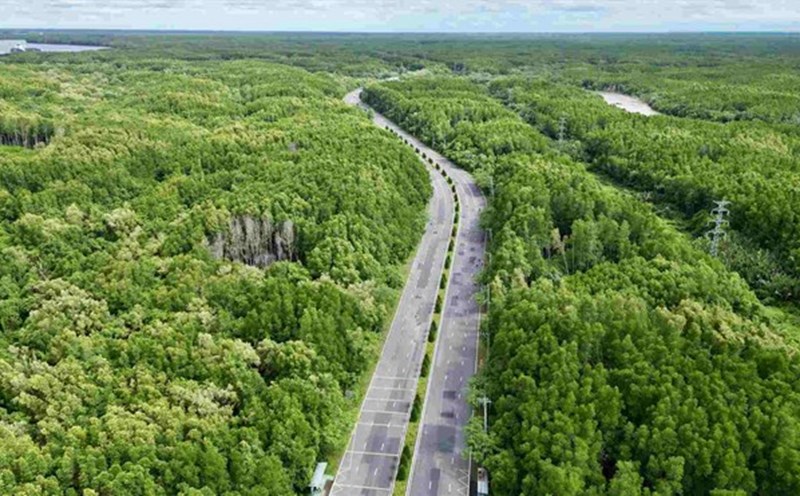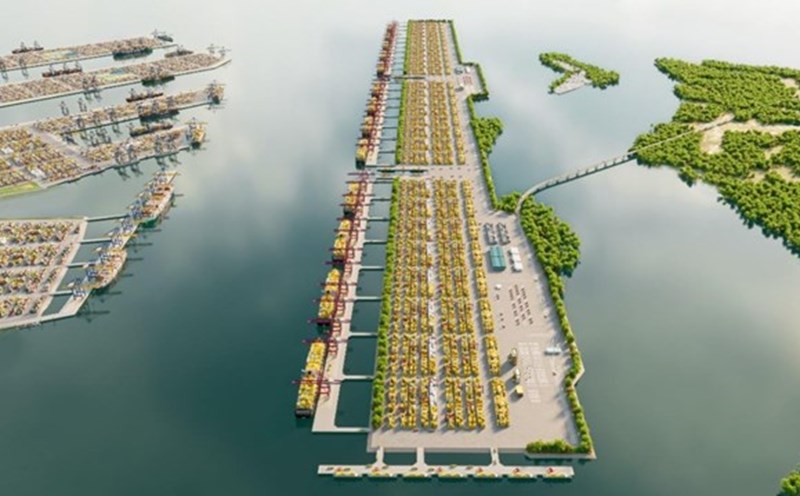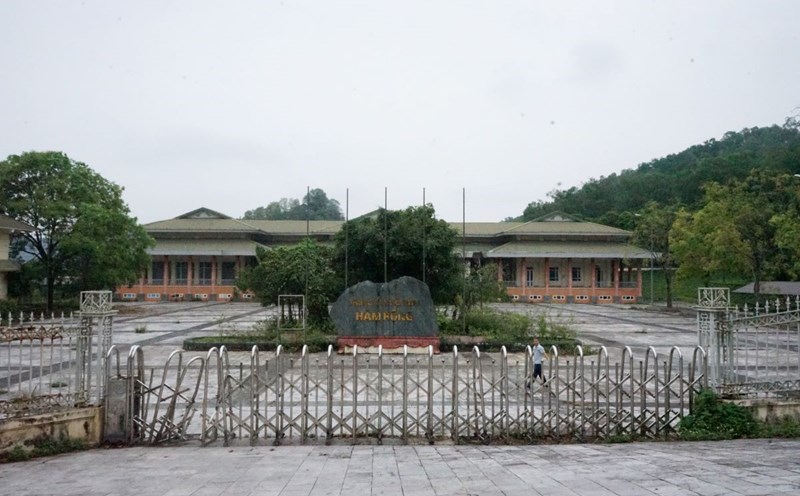Ho Chi Minh City has just started construction of the Can Gio coastal urban tourism area (Vinhomes Green Paradise) with an area of 2,870 hectares, aiming to become a top-class coastal urban area in the region.

Along with that, the city is promoting the Can Gio international transit port project with a total capital of more than VND 113,500 billion (about 4.8 billion USD).

However, the connection to Can Gio still depends on Binh Khanh ferry - currently seriously overloaded.
To unblock this bottleneck, Ho Chi Minh City will invest in a series of strategic infrastructure projects connecting to Can Gio district.
High-speed metro line from District 7 to Can Gio
One of the outstanding projects is the metro line from District 7 to Can Gio proposed by Vingroup Corporation to be invested in the form of PPP (public-private partnership), BOO contract (build - own - operate).
The metro line is about 48.7 km long, with a total estimated investment of VND102,370 billion (equivalent to USD4.09 billion).
The route starts from Nguyen Van Linh Street (District 7), passes through Nguyen Luong Bang - Rung Sac axes and ends at a 39-hectare land plot near Can Gio coastal urban area (Long Hoa commune, Can Gio district).

This is a high-speed urban railway line with a design speed of up to 250 km/h, completely running at an elevation of 1,435 mm. Thanks to that, the travel time from Phu My Hung (District 7) to Can Gio coastal urban area is only 16 minutes.
The project aims to start construction in 2026 and be completed in 2028.
Can Gio Bridge
The Can Gio bridge project is another key infrastructure that Ho Chi Minh City is promoting.
The bridge is about 7.3 km long, spanning the Soai Rap River, connecting Can Gio District with Nha Be District. The project has a total investment of about VND 10,500 billion, expected to be implemented under the BOT (build - operate - transfer) form.
The project starts from Road 15B (Nha Be District), crosses the river and connects to Rung Sac Road - the existing only route of Can Gio.

When completed, Can Gio Bridge will replace Binh Khanh ferry, opening a smooth connection from the city center to Can Gio Sea Tourism Urban Area and Can Gio International Transit Port in the future.
The city plans to implement the project in the period of 2025 - 2028.
Southern coastal road
Ho Chi Minh City is also coordinating with localities to study and build a southern coastal road, connecting from Tien Giang - through Can Gio district - to Dong Nai and Ba Ria - Vung Tau.
The route has a total length of 45.5 km, the road surface is designed with 8 lanes (phase one is to build two parallel roads, two lanes on each side).
Three preliminary investment options have been proposed:
Option 1: invest in the main route, divided into two phases with a total capital of VND37,900 billion.
Option 2: connecting to Ba Ria - Vung Tau via Can Gio overpass, total capital of about 62,000 billion VND.
Option 3: invest in the main route and road to Cai Mep port, with a total capital of nearly 42,300 billion VND.
This route will open a new coastal economic corridor, helping to effectively exploit Can Gio, Cai Mep - Thi Vai ports and connect key economic centers in the South.
Rung Sac Road Intersection with Expressway
Rung Sac Road is currently the only connecting route from Ho Chi Minh City to Can Gio District.
In the context of the Ben Luc - Long Thanh Expressway and Ring Road 3 being about to be completed, Ho Chi Minh City is preparing to invest in the intersection between Rung Sac Road and the Ben Luc - Long Thanh Expressway to enhance connectivity for the area.

The project has a total investment of about VND 2,400 billion, expected to be completed before 2030.











